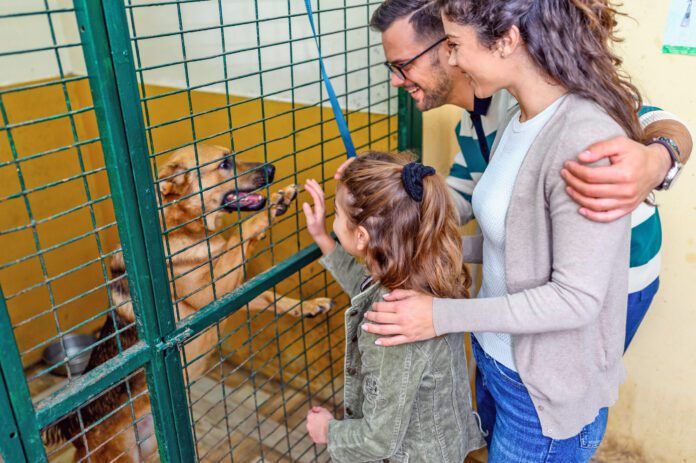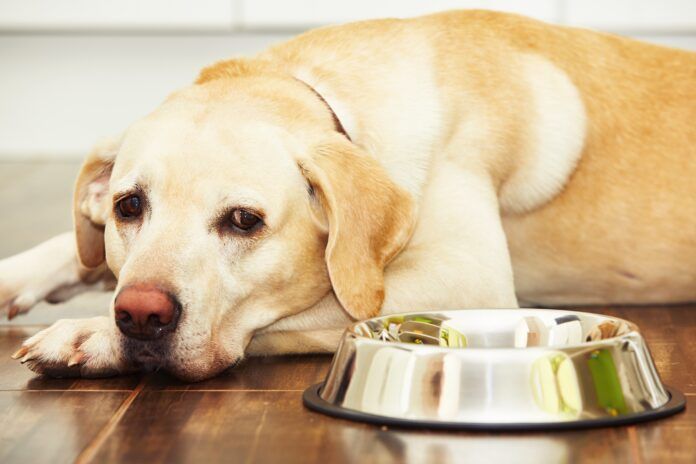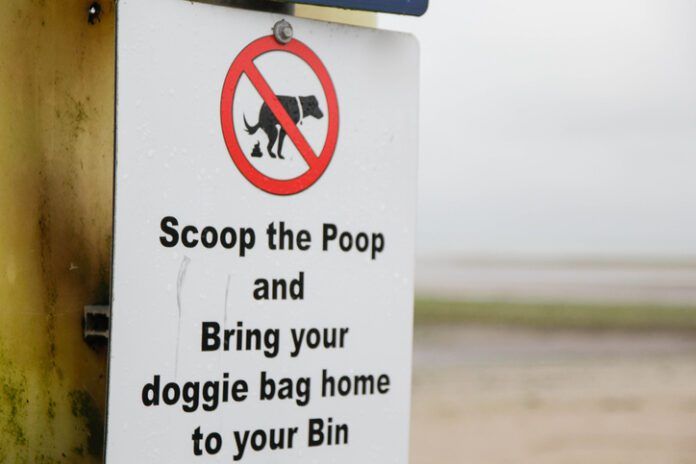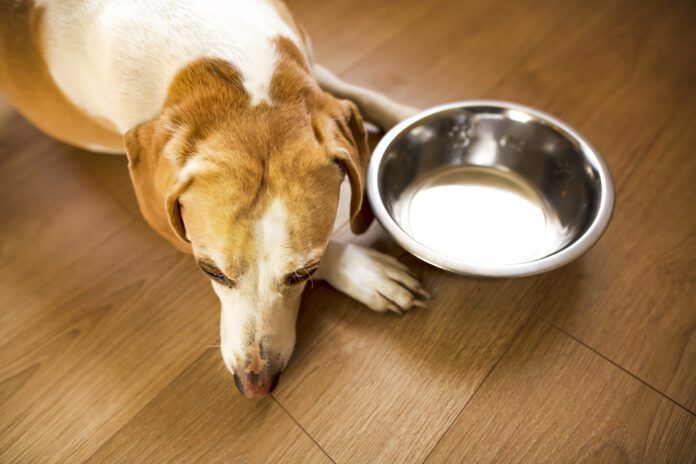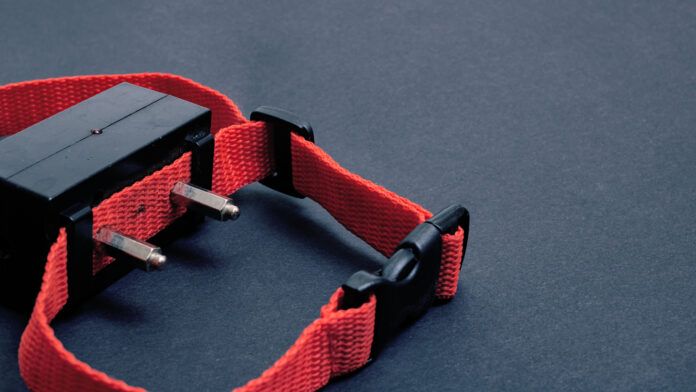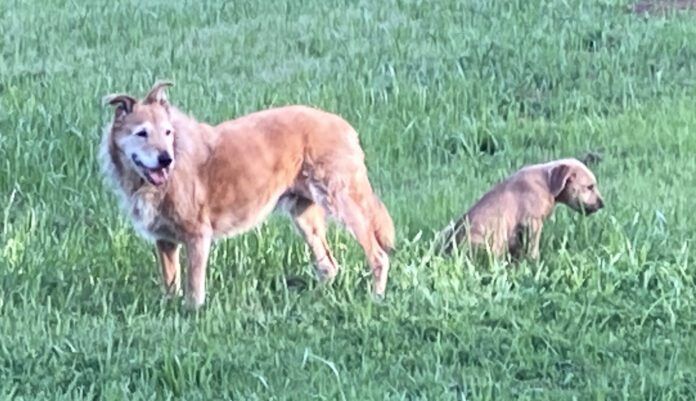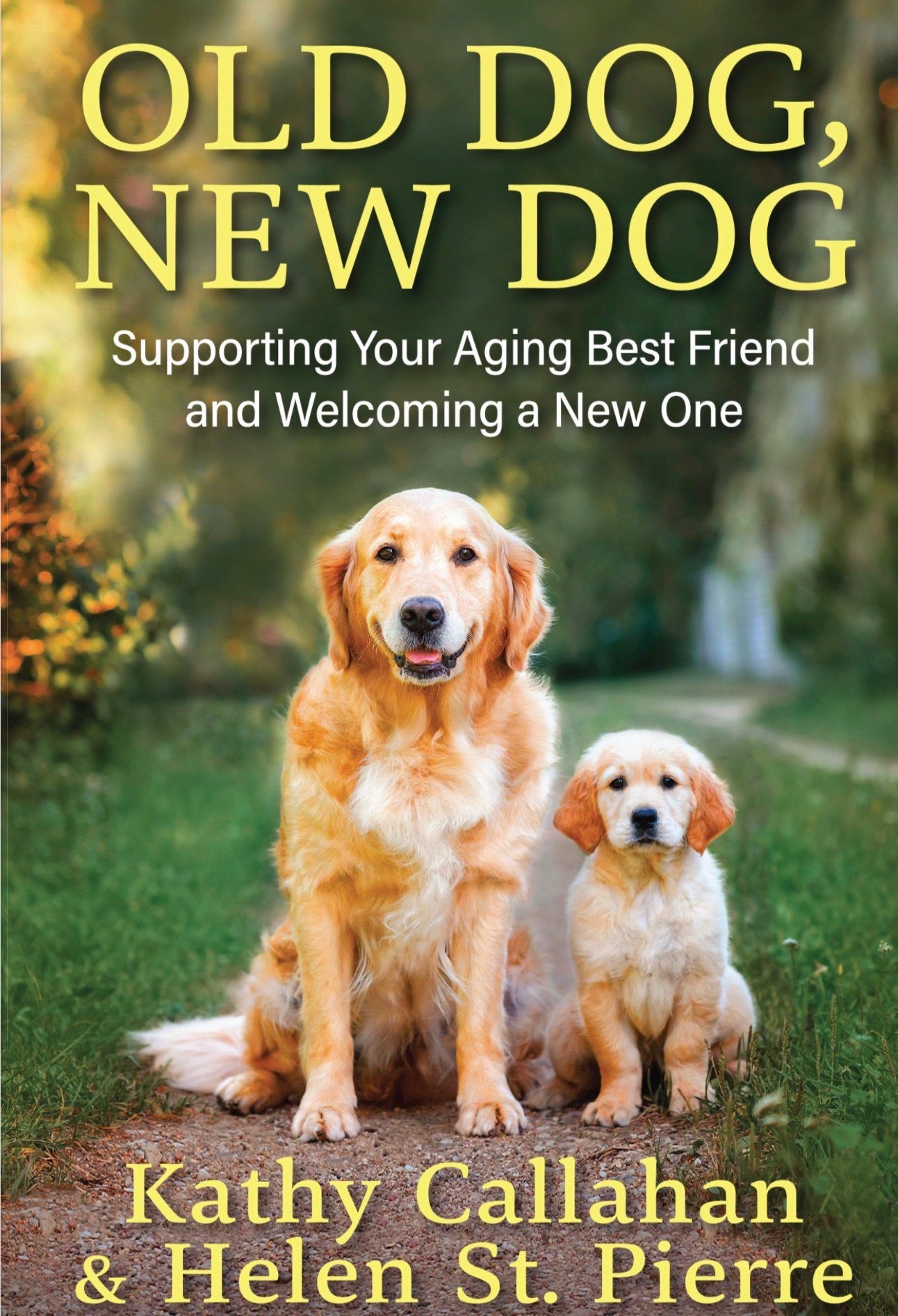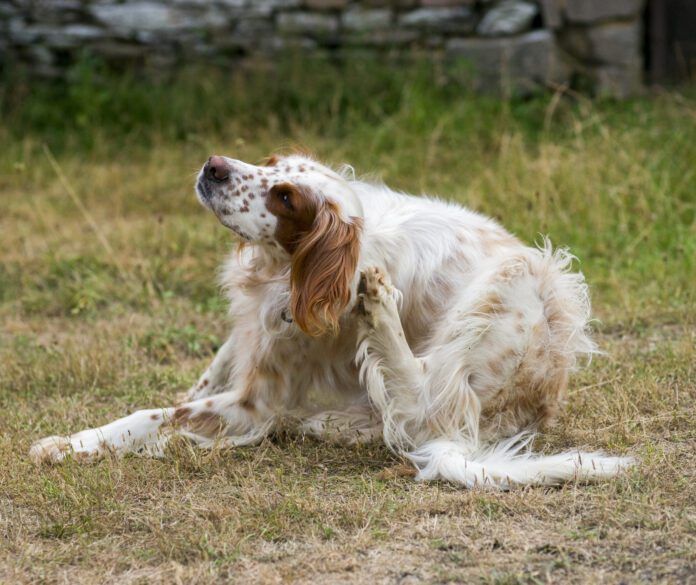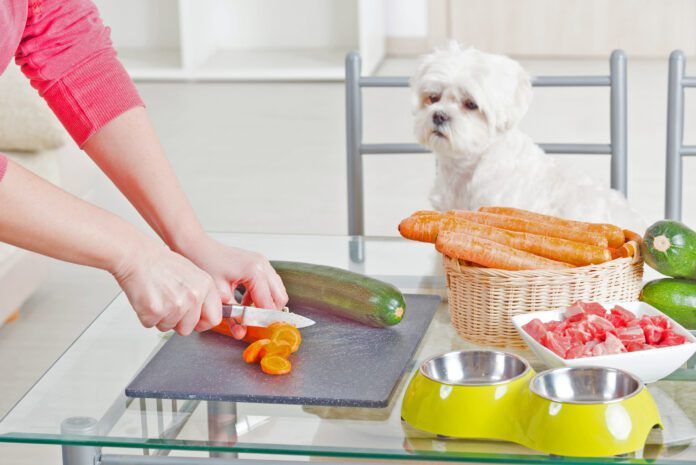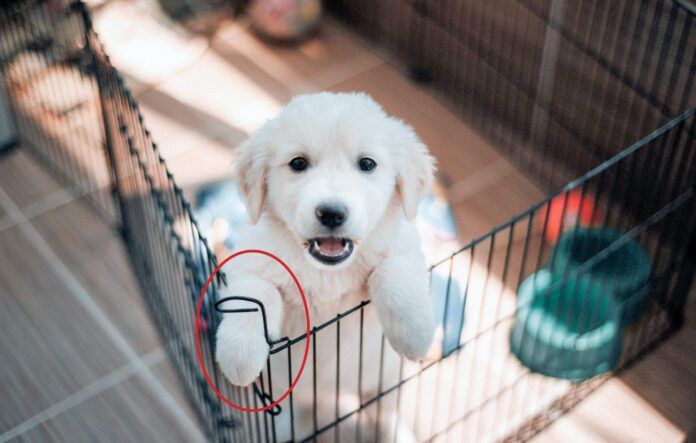Adopting a shelter or rescue dog is a great way to help a dog in need! But remember that your new companion may not have gotten the best start in life, so you will need to proceed slowly as you build your new life together. The hardest part about adopting a shelter pet is if the match doesn’t work. To avoid that, we have six important things to help you and your rescue or shelter dog adjust to becoming a family:
1. Health Costs of Adopting a Shelter Dog
Shelters should have established protocols for evaluating each new dog’s health status and what care they need. Urgent health care needs such as injuries will be addressed, as well as some basic preventive care measures.
Every dog being adopted out from a shelter should have vaccinations based on their age. Additional boosters may be provided by the shelter, or you may need to get those through your own veterinarian.
If the dog is over 6 months old, it should also have been tested for heartworm at least once. Ask if this has been done and if heartworm prevention started right after the testing. Treating a heartworm infection is expensive and risky. If the shelter does not routinely test their dogs, consider offering to pay for the test before adopting so that you know if the dog is positive or not.
Most shelter dogs are spayed or neutered before being adopted out. The exception is young puppies. Some shelters may adopt these puppies out while still intact, but with a requirement to get them spayed or neutered after 6 months of age. Ask if the shelter will cover this procedure or reimburse part of the cost.
Most shelters now microchip their dogs and will provide you with the paperwork during the adoption process. Don’t forget to register the chip with your contact information! The shelter may do this for you, or you may need to contact the microchip company.
2. Shelter Dog Personality May Change
One of the hardest parts about adopting a dog from a shelter is recognizing that shelters are not like typical family homes. Shelter staff do an amazing job of getting to know their dogs’ quirks and personality traits, but some of these things may shift when the dog has settled into a home environment.
On average, it takes three to six months for a dog to fully settle into their new home and to see their true personality. Some dogs may blossom quickly. Others may take longer to adjust. This is normal, especially if the dog has experienced a lot of turmoil and change throughout their life before adoption.
Ask the shelter if they have information from the dog’s previous owner, and talk to the staff member(s) who have spent the most time working with the dog you are interested in.
Consider:
- How the dog interacts with people of different age, sex, and body type
- How the dog interacts with other dogs—this may be different when kenneled, on a leash, or loose in a play yard
- If the dog has been exposed to other animals, and how it went
- How the dog interacts with food, and how he responds if others approach while eating
- How the dog interacts with toys, and how he responds if others approach while playing
- Response to loud noises
- How much the dog has been handled for basic grooming, and if there are any areas that will need to be worked on (for example, a dog who is head shy, or one who hates having his paws touched)
- The dog’s play style, like is he a rough-and-tumble body slammer, or does he prefer chase games?
- How vocal the dog is
Asking a lot of questions during the adoption process gives you a foundation of who this dog is. Just keep in mind that some personality traits may shift when he leaves the shelter environment. These changes may be for the worse or for the better.
For any new dog, it is a good idea to start out feeding meals in a quiet, secure area where the dog won’t be bothered by other pets or family members. Food is a valuable resource for any dog, but especially to a dog who has experienced scarcity. Let him eat in peace to avoid issues with resource guarding. Once he has settled in and you have built a relationship, this may be able to change.
3. Life Skills Can Vary
A shelter dog may have some basic household manners or none. This depends on how he was raised and how much consistency he has had in his life, plus how much the shelter staff have been able to work on.
For the most part, it is good to assume that you will need to treat your new dog like a puppy regardless of his actual age. This is especially true for house training. If the dog has only lived in a kennel or outdoor environment, he may have no concept of eliminating outside the house. Take him out for frequent walks, and praise and reward when he eliminates where he is should outside. Watch his behavior closely to learn his “tells” for when he needs to pee or poop.
Also do not assume that an adult dog won’t chew or destroy things when unattended in the house. Depending on his background, he may think that your house is just a fun playground for him to explore. “Puppy proof” your house and have a plan to keep him safely confined when you can’t be with him.
You may need to review or introduce all these life skills:
- House training
- Crate training (useful for house training and to preventing in appropriate chewing)
- Walking on a leash
- Respecting counters
- Waiting at doors
- Being handled for grooming care
- Sit, down, and a reliable recall
4. Unknown Background
For many shelter dogs, we have no information about their previous health history or the health and temperament of their parents and relatives. The shelter will provide you with any info that they do have, but this is unlikely to be comprehensive.
A shelter dog also may not have received proper socialization as a puppy and might not have gotten proper nutrition.
This is something to keep in mind as your new dog or puppy ages. Your puppy could be shy and fearful because she has had some bad experiences, or she could be shy and fearful because that is her genetic personality. Aggression can appear in adolescence and may be a passing stage or who that dog truly is. Malnutrition during growth can manifest as orthopedic and other problems later in life.
Inherited health issues may arise. It is unlikely that a shelter dog’s parents underwent health testing and evaluations before being bred, so your prospective dog could have amazing genes or terrible ones. Health issues ranging from hip dysplasia to allergies to heart defects are all possible.
That said, even a dog from a great breeder who keeps detailed notes on health and temperament can still develop surprises. That’s genetics! You just know a little more about what you might be getting yourself into with a dog from a known background vs. a dog from an unknown background.
5. The Application Process
Each shelter will have its own application process before you can adopt a dog. This typically includes a questionnaire, one or more meet-and-greets, and a home check. Don’t be offended. The shelter staff just want to be sure that this dog will be a good fit for you and the dog. They want this home to be the dog’s forever home where they can thrive.
Some shelters have specific housing and experience requirements for new owners, such as requiring a fenced yard or having owned a dog before. These requirements may be flexible, but be polite and respectful when trying to negotiate.
If you already have a dog or other pets, allowing them to meet the prospective new family member is a good idea. Introductions between dogs should be made on neutral territory.
6. Patience Required
Some shelter dogs quickly settle into their new home like they’ve been there their whole life, but most take time to adjust. Be patient, and have a plan to make your dog’s first few weeks calm and low stress.
For the best chance at success, try to:
- Introduce family members and other pets gradually
- Give the new dog a place to “escape” if he feels overwhelmed, such as a crate or a quiet room with his things
- Skip the big welcome party (your dog can meet your friends after he has gotten to know you)
- Feed meals in a quiet, secure area so your new dog isn’t afraid his food will be stolen
- Test out leash-walking skills in your yard before trying neighborhood walks
- Keep your dog at home for a few days to settle in before taking him on day trips
- Schedule an appointment with your vet to get your dog established and identify any preventive care that he might need continued or added


